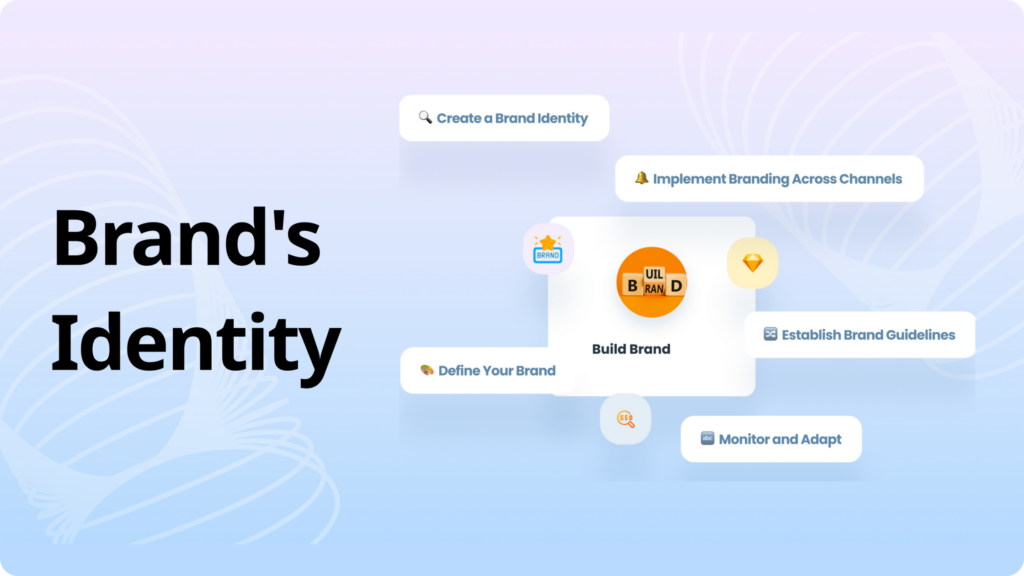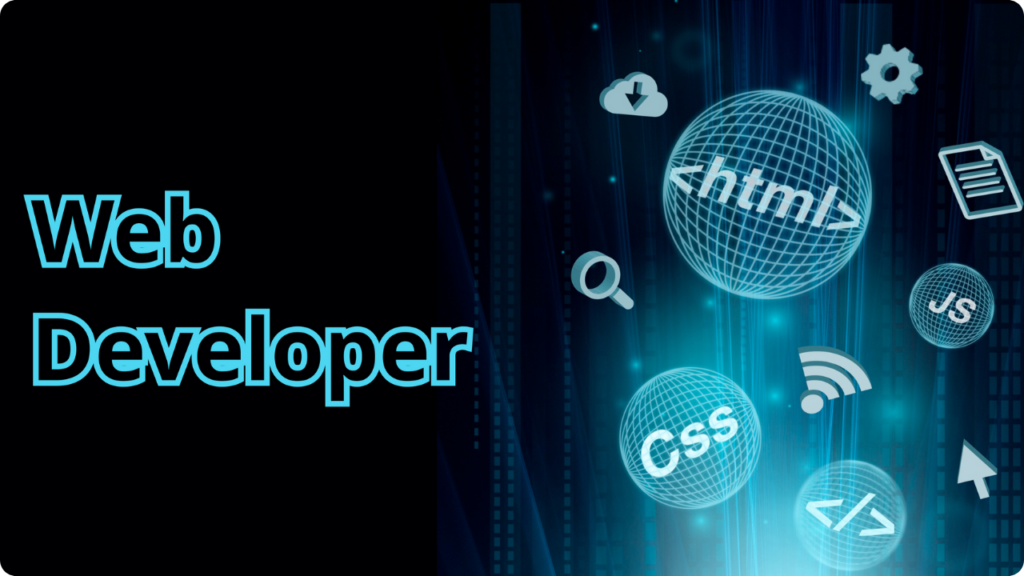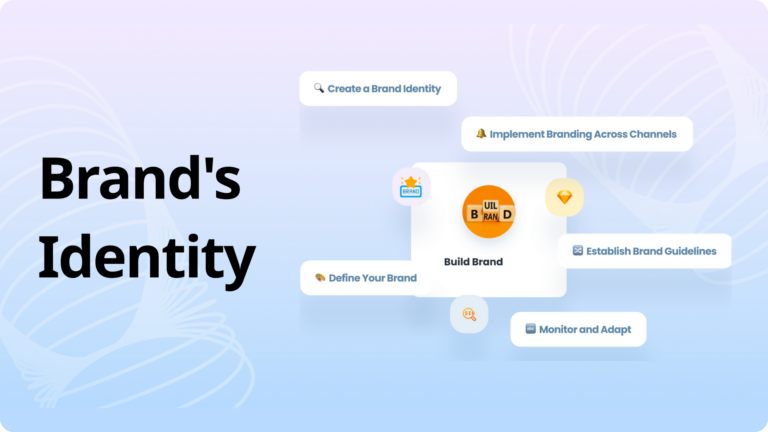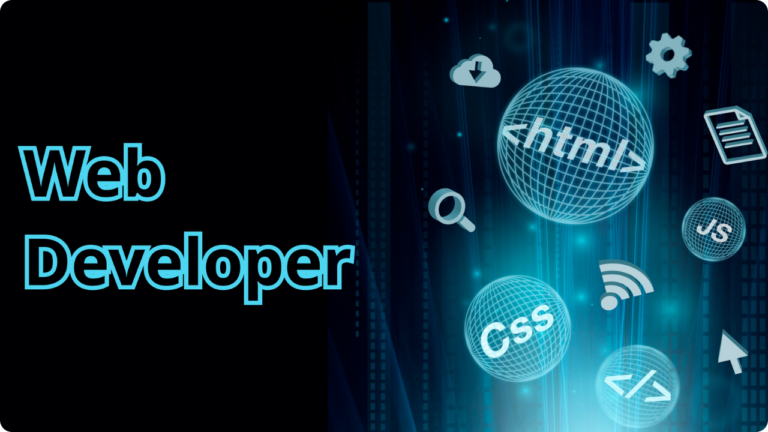Introduction
Healthcare software development is a multibillion dollar industry that has been growing for some time and doesn’t seem to be slowing down anytime soon, despite not being the buzz of the IT community. Since the report was released prior to the coronavirus outbreak, these figures might even be higher given the increasing popularity of healthcare apps during the pandemic.
We’ll walk you through the top 15 categories of healthcare softwares available today in the article that follows. And its influence on healthcare’s future is expected to grow even more with developments in fields like telemedicine and artificial intelligence.
We’ll include instances of well-known healthcare applications used by people who are worried about their health and well-being, as well as medical software created and utilised by organisations. With so many options available, you don’t want to select the wrong healthcare system, lose money, and manage a disorganized workplace in addition to offering subpar patient care and having a low retention rate. You don’t want to choose the wrong healthcare software and leave money on the table.
This list, gives you a good idea of the top 15 types of medical software available and what might be suitable for your particular set of needs.
The Top 15 categories of Healthcare Software
1. Electronic Health Records Software

This well-known and incredibly helpful medical software effectively saves and manages a patient’s whole medical history, including the prescriptions they have taken, making it similar to a healthcare CRM designed for the healthcare industry. It resembles a CRM in many aspects, albeit with modifications specific to the medical field.
The main goal of electronic health record (EHR) software is to lessen the workload of hospitals and other healthcare facilities by doing away with the necessity for manual labour and patient data administration.
Furthermore, having a thorough understanding of your patients’ medical background might have a big impact on how you manage them going forward. EHR software comes in two primary varieties:
Software for Electronic Medical Records:
EMR software keeps all of the patient’s medical history, tests results, prescriptions, and diagnoses on a digital chart.
Electronic Patient Record Software :
This Software organises, maintains, and enhances patient data for medical practitioners.
Key Features :
- Automatic scheduling
- Tracking patient status
- Creation of documents
- Shrewd prescriptions
- Data analytics and reporting
2. Telemedicine Software

Without a doubt, the IT healthcare sector’s fastest-growing segment is telemedicine. The worldwide telehealth market is anticipated to grow to a value of USD $285.7 billion by 2027. With a projected market worth of $64 billion by 2025—and that’s just the data for the United States alone—telemedicine is clearly a rising sector.
In an era of limited interaction or closed hospitals, telehealth software is increasingly indispensable for everyone and is an ideal solution for people living in remote areas or with disabilities.
Additionally, patients can save a great deal of money and time by not having to travel to a medical institution. Because of all these advantages, creating telemedicine apps has become a profitable growth tactic for medical companies.
Key Features:
- Calls using audio and video
- HIPAA-compliant correspondence
- Scheduling appointments remotely
- Analysis and management of patient data
- ePrescription and gateway for payments
3. Medical database software

Software for medical research is mostly utilised for two purposes: communicating research findings with the medical community and providing education. When it is not possible to find internal references for comparable clinical instances involving patients, this kind of software is frequently used to support diagnoses and train medical staff.
This customised software fulfils two very important functions for medical practitioners in particular:
Enhancing Treatment Decision-Making:
Physicians can make better treatment decisions by comparing a patient’s case with comparable cases that are kept in the database.
Encouraging Ongoing Medical Education:
By exploring the clinical cases connected to a certain illness, medical database software enables professionals to learn more.
Key Features :
- Scheduling of appointments, analytics
- Electronic prescription
- Health records in electronic form
- better treatment for patients
- Safety
- Inventory control
4. Hospital Management Software

The goal of hospital management software is to streamline daily operations in a clinic or hospital, from scheduling appointments to creating invoices. Automation of accounting, medical billing, claims, outpatient care, inventory, bed management, and other processes is typically aided by these kinds of programs.
Its main goal is to automate every administrative activity possible. But hospital management software does more than just improve operational effectiveness or expedite procedures—it also improves the patient experience from start to finish.
EHR and hospital management software frequently interface to help with concurrent patient record tracking.
Key Features :
- Patient Billing, Boarding, and Registration
- Dashboards and patient portals
- Diagnostics management and digital imaging
- Modules for emergency care
- Management of wards and beds
5. Medical imaging software
3D model creation and the processing of MRI, CT, and PET scans are the main uses of medical imaging and visualisation software.
Any tool that can analyze data from medical photographs and aid in diagnosis, compare images of the same patient over time to assess how the disease is progressing, and provide prognosis is considered medical image analysis software.
Deep learning techniques are used by medical image analysis technologies to read and evaluate images. Because it can simultaneously sort through hundreds of photos, it can handle demanding workloads.
Human anatomy 3D modelling:
Such programs let medical technicians create tailored models for individual patients. For example, 3D modelling software is used to generate and print out a real-life model of a patient’s teeth before a planned orthodontic treatment.
Designing and printing equipment or body parts:
This software is used to print elements of medical equipment or body parts, like artificial limbs or coronary stents needed for cardiovascular surgery.
Key Features :
- Segmentation and image registration
- Enhancement of image quality
- Two-dimensional illustration
- 3D building
- Qualitative image
6. Healthcare Billing Software
Medical billing systems reduce time and resource consumption by automating and streamlining the entire payment and invoicing process through the use of templates and electronic payment gateways.
Accounting departments in hospitals can better manage patient bills, payments, and other financial transactions with the use of this software. It is frequently incorporated into larger systems, like hospital administration software or EHR.
Medical service providers can boost reimbursement rates, optimise revenue streams, and preserve financial stability with the help of this kind of software.
Modern medical billing software performs much more than just the most basic tracking of claims and payments.
Key Features :
- Processing of claims
- Digital super bill
- Verification of eligibility
- Reminders for payments
- Transferring money electronically
7. e-prescriptions Software

Another reason why patients have to visit clinics is to receive a handwritten prescription for medication. However, e-prescribing software has made this process totally online.
One of the main reasons patients have to attend clinics is to receive a handwritten prescription for medication. However, e-prescribing software has totally shifted this process online.
An integrated pharmacy management system’s adaptability guarantees hassle-free modifications during intake or other times. A pharmacy can begin processing a prescription as soon as they get one from the clinic.
Key Features :
- Electronic Prior Approval (e-PA)
- Decision-making assistance for medications
- Verification of formulas
- Automated adverse medication
- interaction Data
8. Remote Patient Monitoring Software
The capacity for healthcare professionals to monitor patients virtually in real-time, gather the necessary data, and take appropriate action to improve treatment outcomes—which is especially advantageous for chronic care—makes these custom software applications the wave of the future for the healthcare industry.
Stated differently, RPM enables health professionals to keep an eye on patients in between appointments or in situations where face-to-face consultation is not feasible. By 2025, around 90% of hospitals will be using AI-powered technologies for remote patient monitoring, according to the report.
A new era in patient care is expected to be ushered in by the ongoing development of remote patient monitoring technologies, which will improve efficiency and accessibility of health management.
Key Features :
- Monitoring health in real time
- Reporting and data analytics
- Configuring IoT devices
- Internet-based avenues for communication
- security of patient data
9. Personal Health Record Software
The medical histories of every member of the family are organised and stored in this specific healthcare app. Receiving all health-related documents and information in an easy-to-use format is incredibly beneficial for patients. PHR software functions as an optimization tool that provides users with simple access to the necessary data for patient monitoring.
These programs function as medical diaries and can be integrated with the software used by the physician or hospital, or they can be stored on the patient’s device.
Personal health record software can handle it all, from organising all documentation to customising wellness programs and alerting medical professionals to unexpected emergencies.
Key Features :
- Implementation of cloud and mobile
- Sorting and combining data
- Repository for clinical and patient data
- Modules for summarization
- Personalised telehealth and telemedicine
10. Medical Diagnosis Software

In order to close any informational gaps that keep them from making an accurate diagnosis, medical diagnosis software lets physicians share anonymized patient records.
Advanced medical diagnosis software packages use AI/ML and automation technologies to analyze large volumes of patient health data and produce accurate diagnoses. AI is one of these technologies that improves patient care while saving businesses money.
By using this technique, medical professionals can recognize people who are more prone to illness and begin treating them sooner. A well-known instance of this type of medical software development are chatbots and symptom checker surveys.
Key Features :
- Interoperability in clinical practice
- Physician Order Entry by Computer (CPOE)
- alerts about drug interactions
- previous electronic approval
- Identifying patterns and comparing data.
11. Software for scheduling and arranging appointments
For hospitals, clinics, and medical offices to effectively manage their online appointment systems, booking software is a must. Usually, this software has a patient panel that makes it simple for users to make appointments via a website or app.
Online appointment management is made easier for medical practices, clinics, and hospitals via booking software. Usually, the program has a patient panel that allows users to make appointments through a website or app.
It frequently includes automated appointment reminders for physicians and patients, as well as an email notification feature.
Key Features :
- Payment processing
- automation
- alerts
- calendaring
- simple booking
- real-time calendar
- Synchronisation
12. Health Tracking Apps

Although these apps aren’t considered “professional” medical software, they provide an additional source of health-related data. Fitness, diet, and general well-being are the three primary categories into which healthcare applications often fall, and they frequently include elements from each.
App categories that account for a significant share of the market include the following:
Fitness : take the well-known 8fit app, for instance.
Diet: Fitatu Calorie Counter and Diet, for instance.
These apps, which are supported by wearable technology, can collect more accurate health data, including metrics like pulse rate and sleep quality. They can also be used as thermometers and glucometers
Key Features :
- Alerts
- Telemedicine
- Establishing objectives and fully gamifying
- Positioning
- Scheduling appointments
- tracking of progress
13. Booking Software
For hospitals, clinics, and medical offices to effectively manage their online appointment systems, booking software is a must. Usually, this software has a patient panel that makes it simple for users to make appointments via a website or app.
The market for appointment scheduling software is predicted to increase significantly to $546.31 million by 2026, reflecting the growing need for efficient appointment management and the software’s increasing significance in streamlining healthcare appointments around the globe.
Key Features :
- A rise in income
- Increased client contentment
- Effectiveness Availability
- Increased output
- Integration of the calendar
- Improve client support
- Momentum
14. Medical equipment management software
The market for medical equipment management software is projected to expand at a CAGR of 9.9% by 2028. The need for more effective equipment maintenance, regulations, and cutting-edge technologies significantly influence healthcare facilities.
This software’s main goal is to make medical equipment maintenance more efficient. It frees up healthcare workers’ time to concentrate on more important duties by automating time-consuming manual chores like keeping track of the inventory of different consumable goods.
Medical equipment management software provides features like inventory alerts and automatic maintenance scheduling to help the efficient operation of clinics.
Key Features :
- Adherence to regulations
- Medical apparatus
- Patient security
- Asset administration
- Boost the productivity of labor
- reduced downtime and enhanced maintenance
- Cut expenses
15. Mobile Health App

Mobile health applications encourage a proactive approach to healthcare and general well-being by enabling users to monitor their health.
While some healthcare professionals first saw mHealth apps as disruptive, they have since evolved into an essential component of contemporary healthcare services. By streamlining administrative duties like paying medical bills, making appointments, and enabling virtual chats with nurses or doctors, these user-friendly apps empower patients.
Patients can effortlessly access a variety of telehealth services with the help of effective mobile health apps. These cutting-edge mHealth apps’ connection with EMR/EHR software systems is one of their most notable features. During a virtual consultation, medical practitioners can easily access relevant medical records with the required agreement from the patient.
Key Features :
- Improved dialogue
- Enhanced involvement of patients
- Medical diagnostic precision
- Increase the effectiveness of doctors
- patient observation
- Lower costs for healthcare
- Alerts regarding medication
What are Healthcare Software Applications?

The digital revolution that healthcare software is bringing about is having a significant impact on patient care, administrative procedures, and overall operational efficiency. How? Continue reading to learn more.
Effective Information Administration
Healthcare software manage, retrieves, and stores patient data more efficiently, improving data handling accuracy and efficiency.
Improved Coordination of Patient Care
Medical staff enhances coordination among them through the use of digital records and communication systems, ensuring smooth and knowledgeable patient care.
Enhanced Usability
Healthcare software facilitates easier access to medical information, appointment scheduling, and telemedicine services for patients, improving healthcare accessibility.
Data-Driven Decision-Making
By analysing data trends, healthcare practitioners can optimise resources and deliver individualised patient care with greater knowledge thanks to advanced analytics technologies.
Healthcare's Digital Transformation in 2020 and Beyond
It’s reasonable to conclude that the market for healthcare software is booming. It makes sense: digitising healthcare has several advantages, including increased effectiveness, lower costs, and better financial and patient data management. The global acceleration of digital medical services and the increasing number of users of online health-tracking apps are expected to increase the industry.
Conclusion
The field of medical software is broad and constantly growing, providing a multitude of options to satisfy the changing requirements of patients and healthcare professionals. Sophisticated approaches to healthcare software development are essential in this ever-changing environment because they make it possible to create programs that are reliable, safe, and easy to use.
The healthcare software market is always evolving and adapting, from patient data portals to electronic health records, and it is vital to improving the effectiveness, precision, and quality of healthcare delivery across the globe.







